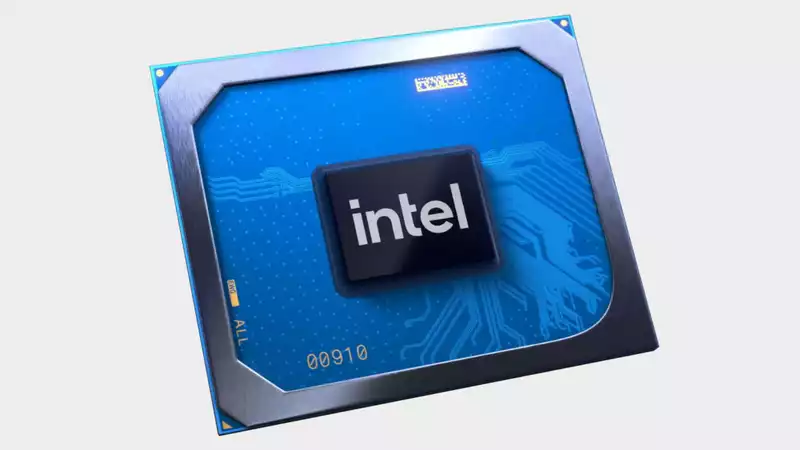Intel has announced its first discrete Xe graphics card, the Intel Iris Xe Max, a mobile GPU designed to be installed in thin and light laptops, giving creators an edge on the go. Xe Max GPU is comparable in specs to the Iris Xe graphics silicon in the new Tiger Lake processors, and the combination of the two GPUs also promises increased performance.
This total platform concept is something AMD has recently endorsed when combining next-generation CPUs and GPUs. The upcoming RX 6000 series cards could offer higher gaming performance when combined with Ryzen 5000 series processors.
Sadly, this new Deep Link, multi-GPU (sort of) feature is not really going to offer anything special when it comes to gaming, as Intel is focusing its attention on mobile creators rather than gamers.
The discrete 10nm SuperFin Iris Xe Max chip still offers 1080p gaming levels, and while fidelity settings vary, it offers performance above 30fps in many games.
To achieve 1080p gaming on this thin and light machine, you will need to go back and forth between "low" or "medium" settings at best.
While our own testing of the best CPU in the Tiger Lake series was nearly achievable with just the integrated GPU, this discrete version offers higher clock speeds and dedicated 4GB LPDDR4x memory.
All of this means that the Blue team can offer an all-Intel thin and light laptop with higher gaming performance than a machine of similar specs using Nvidia's recent MX350 GPU. At least in a few public benchmarks.
Instead of chasing higher and smoother frame rates, Intel is focused on delivering a Deep Link pair that delivers higher performance on compute-intensive workloads. To be fair, it is not exactly Intel's fault, given that it is more difficult than ever to try to make a pair of GPUs work in unison to display frames at the right time.
Nvidia has given up on SLI, and only the RTX 3090 has bridging potential. All major graphics card manufacturers have left the responsibility of utilizing DirectX's multi-adapter capabilities to developers.
In effect, multi-GPU gaming is dead.
However, compute-based tasks that creators need help with are much easier to perform across different chips; by leveraging two GPUs and multiple media encoding engines in an Iris Xe-based system, Intel is able to provide Adobe Lightroom and CPU-based Handbrake video encoding benchmarks, demonstrating performance gains of 1.4x and 1.2x, respectively.
It's a smart move for Intel to put its own discrete Xe Max GPU in a laptop that might use Nvidia's low-power MX350 platform. And there is no doubt that companies like Acer, Asus, and Dell, which will bring such machines to market in November, are given a favorable rate to build all-Intel machines instead.
What I am not so sure about is the fact that Intel will bring discrete GPUs to market in desktop form at some point in the first half of 2021. The DIY market is nothing to worry about, especially since Intel is also talking about "value desktops." [We are not sure where the need is for desktop machines with Iris Xe Max. But in the desktop form factor, creators will surely be happy to pay a little extra for an upgrade to a better GPU than what Intel currently offers.


Comments